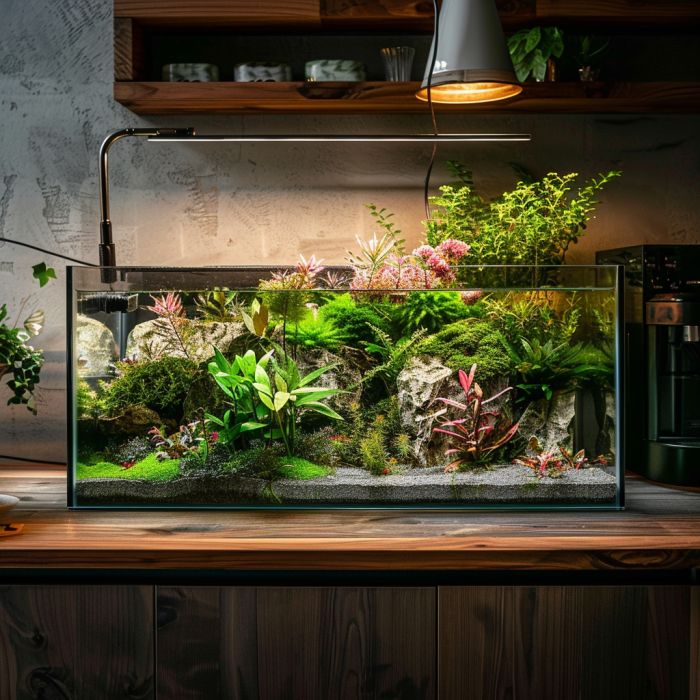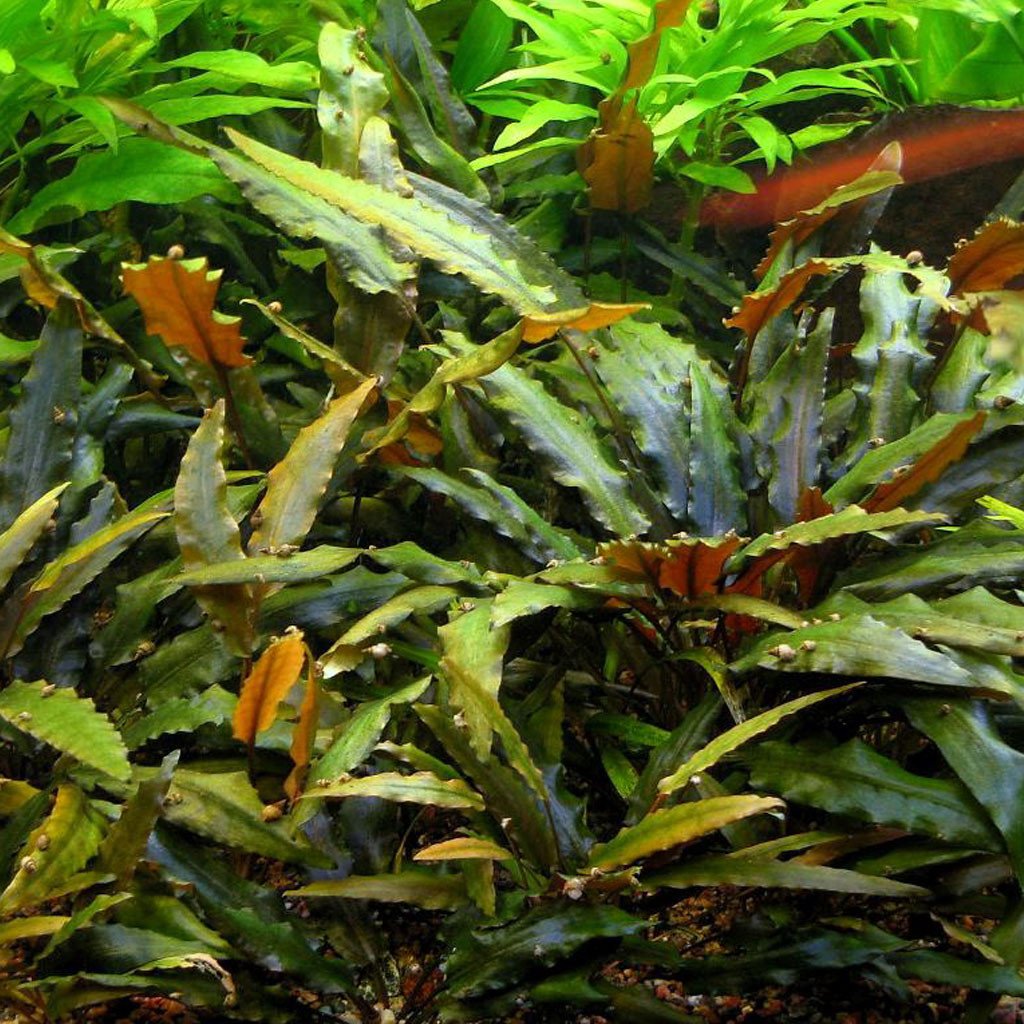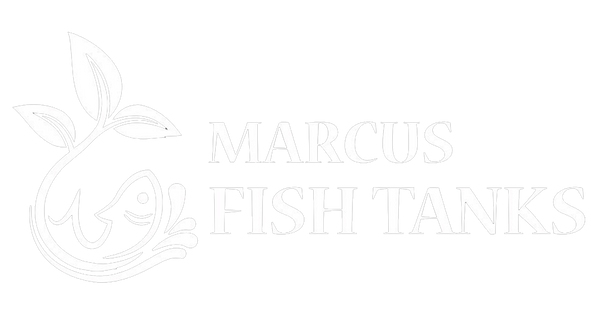
Using Aquarium Glue: What to Attach and What to Avoid
Aquarium glue is one of the most underrated tools in the aquascaping world. Whether you're securing moss to driftwood or attaching a Buce to a rock, glue makes it easy to get clean, professional-looking results—no fishing line or rubber bands needed.
But before you start squeezing glue all over your tank, let’s talk about what you should use it on—and what to avoid.
✅ What You Can Attach with Aquarium Glue
1. Rhizome Plants
Aquarium glue is perfect for plants that don’t need to be planted in the substrate. These include:
-
Anubias (all types)
-
Bucephalandra
-
Java Ferns
-
Bolbitis
Just add a tiny dab of glue to the rhizome (not the roots), press it onto your wood or rock for a few seconds, and you’re done. These plants will naturally grip over time, and the glue holds them steady until they do.
2. Mosses
Mosses like:
-
Christmas Moss
-
Java Moss
-
Fissidens Moss
…can be glued to wood, stone, or even mesh. Spread the moss in a thin layer, add tiny dots of glue, and gently press it down. This is great for creating moss walls, carpeting hardscape, or giving driftwood a fuzzy aged look.
Pro tip: Less glue is more. Too much glue can kill the moss under it.
3. Floating Wood to Rock
Want to keep a light piece of driftwood from floating? Use glue and cotton string to attach it to a heavier rock. Over time, once the wood is waterlogged, you can even remove the string.
🚫 What You Shouldn’t Attach with Glue
1. Stem Plants
Plants like Ludwigia, Rotala, or Bacopa don’t respond well to glue. These are root feeders meant to be planted in substrate. Glue will block the stem’s ability to root and likely cause rot at the glued site.
2. Bulb Plants
Tiger Lotus, Aponogeton, and Onion Plants grow from bulbs. Never glue the bulb—it can trap moisture, block new growth, and cause rot. Let them sit on the substrate and root naturally.
3. Carpeting Plants
Monte Carlo, Dwarf Hairgrass, and Dwarf Baby Tears should always be planted directly into substrate. Gluing them will stunt or kill them before they can spread.
Best Practices for Aquarium Glue
-
Use cyanoacrylate gel (super glue gel). It's safe for fish and plants once it cures, even underwater.
-
Apply in tiny dabs. Large globs can suffocate plant tissue.
-
Press firmly for 10–30 seconds to ensure a strong hold.
-
Always glue to hardscape—wood, stone, or ceramic—not to other plants.
Final Thoughts
Aquarium glue is a game-changer for attaching rhizome plants and mosses. When used correctly, it saves time, looks clean, and helps your scape come together beautifully. Just make sure you’re not gluing anything that should be rooted in substrate—and you’ll be golden.





